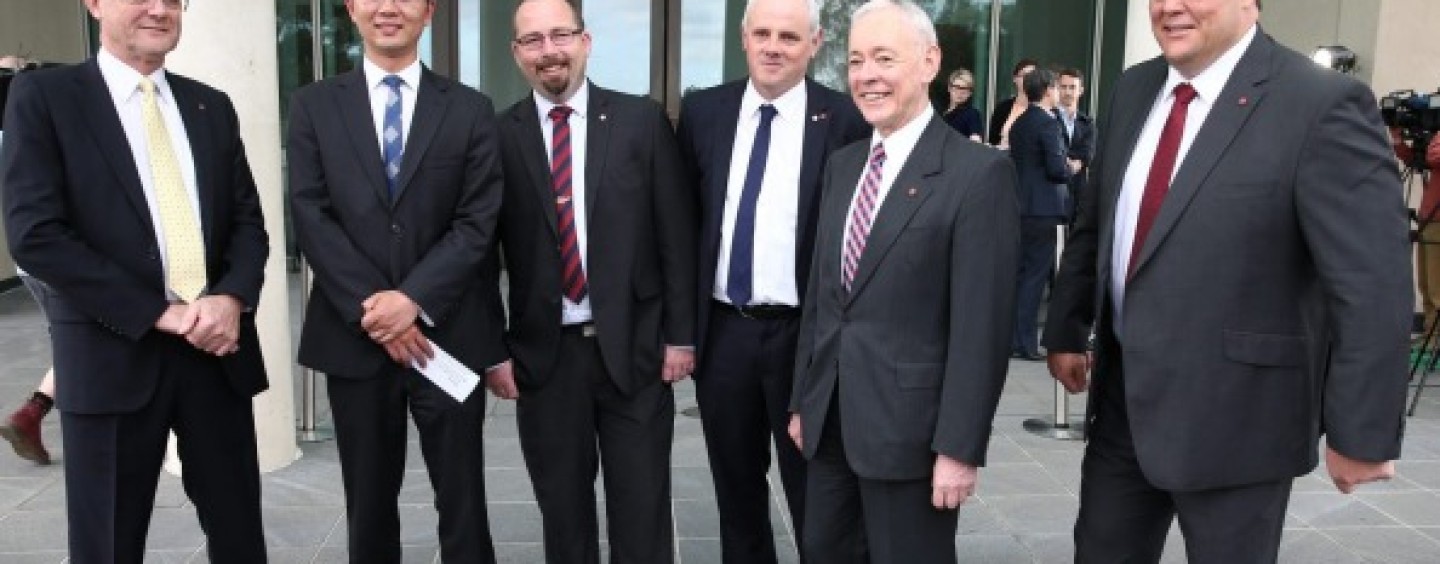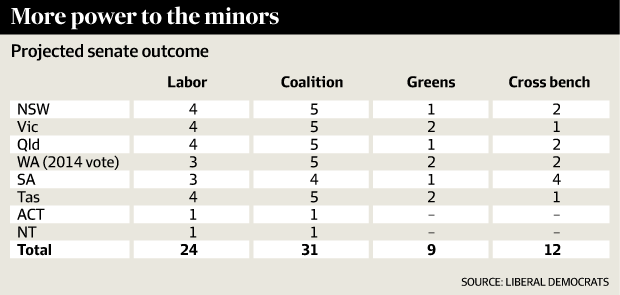
Double dissolution: Crossbench ‘clearance’ will actually make it grow
When the politicians convene in Canberra in the depths of winter later this year, the headlines will read “the more things change, the more they stay the same”.
Prime Minister Turnbull will flash a forced smile as he walks past journalists on his way into a much-diminished joint party room; empty chairs will mark the defeat of various Liberal members. Journalists will reflect on Bill Shorten’s growing stature after a disciplined election campaign.
And they will wonder whether the expanded Senate crossbench will quicken the demise of Prime Minister Turnbull, or keep him off the ropes.
Yes, the Senate crossbench will expand after the July 2 election. If the 2013 general voting pattern (and the 2014 Senate re-run in WA) is repeated at the July 2 election, the crossbench will grow from eight to 12 despite changes to the voting system that were intended to “clear out the crossbench”.
This is a result of the election being a double dissolution. Twelve senators will be elected in each State instead of six. The first eight, nine or 10 of these will be elected having achieved the “double dissolution quota” of 7.7 per cent of the vote. The last four, three or two – let’s call them the dregs – will be elected with less than 7.7 per cent of the vote because no other candidate beats them.
A repeat of the 2013 and 2014 voting pattern will see the 11th Senate seat in each State go to a candidate with between 3.43 and 6.58 per cent of the vote, while the 12th will require 2.94 to 4.65 per cent. Even allowing for the fact that the three major parties will also be in contention, and voter preferences will play a part, at least one minor party senator is almost guaranteed in each state and there may be two. In South Australia it will be four because of the Xenophon factor.
Each minor party is salivating at the prospect of becoming one of the dregs. They will all be putting up candidates, such that the ballot on July 2 will be as wide as it was last time. And each party has a simple goal – gaining a higher primary vote than other minor parties. The biggest fish in the minor party pond will be elected, possibly followed by the second biggest.
The big question is not whether the minor parties will succeed, but which ones.

Some lazy journalists have written that nationalist, protectionist, populist celebrities such as Glenn Lazarus, Jacqui Lambie and Pauline Hanson will succeed.
Their musings seem to be based solely on the idea that populists are popular. But these journalists haven’t taken the next step in their thinking: because being populist is popular, there are plenty of populists on the ballot, and the populist vote will be split.
What’s more, the Christian vote will be split, as will the anti-Muslim vote. Even the anti-paedophile vote will be split, with Derryn Hinch hoping like buggery that his rival, the Anti-Paedophile Party, doesn’t get a better ballot position than his Justice Party.
This analysis fills the Liberal Democrats with confidence. Each of our policies – from cutting income tax to defending the rights of social pariahs such as smokers and sporting shooters – attracts a niche of supporters who, sadly, have nowhere else to turn. Our vote isn’t split, and could be enough to get us over the line in each state at a double dissolution.
The Senate crossbench after July 2 will be at least as big as it has been for the past two years. It will also be chosen by the voters, either via their primary vote or their preferences. I wonder how long it will take our nation’s journalists to work this out.
From the Australian Financial Review, Friday 29 April 2016.





